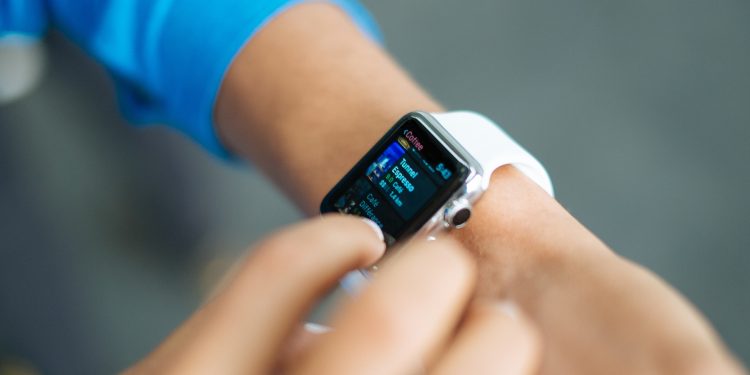HSBC Bank is working with Samsung to investigate how smartwatches can be used for banking. This article in ATM Marketplace reports on the topic based on a Money 2020 session conducted with both parties. It appears all the benefits are conceptual as no specific pilots are discussed:
“As financial institutions adjust to a more digitized marketplace, many companies are tapping the expertise of technology providers to meet the needs of an increasingly tech savvy customer.
HSBC Bank USA N.A. made headlines earlier this year on this front when it became the first U.S. financial institution to bring Pepper, the “social humanoid robot,” to retail banking.
And, as part of the FI’s overall initiative to transform retail banking, HSBC also partnered with Samsung Electronics USA to explore the use of smartwatches in bank branches.
Representatives of both companies gave an overview of this partnership focusing on a technology that brings smartphone functionality to a wrist watch during the recent Money20/20 conference in Las Vegas.
During a presentation, titled “Samsung & HSBC: Applied Mobile Innovation for the Customer Experience,” Jeremy Balkin, innovation lead at HSBC, said his company has invested $131 million in retail transformation in the U.S. in the last two years.
Belkin also said that he believes technology can strengthen customer relationships with banks. He foresees smartwatches eventually interacting with Pepper, the robot that greets visitors at HSBC and answers their basic banking questions.
Personalization and communication
Balkin said smartwatches can bring a high level of personalization to a bank’s customer interactions, as well as improve communication among employee teams.
Julie Godfrey, Samsung’s U.S. lead for financial services, concurred, noting that smartwatches can help customers and employees communicate with one another in the bank branch environment. While smartwatches are a consumer technology, “This is truly a business instrument,” she said. “We’ll see data delivered to employees in new ways.”
Godfrey viewed the smartwatch’s benefits on two levels: as a tool for communicating to customers and employees, and as a way for customers and employees to interact within the bank branch. A company, for example, can use a smartwatch to target messages to a specific employee or a customer. Balkin agreed, noting smartwatches can make it easy for branch managers to locate employees in the branch, which can sometimes be difficult.
The smartphone also offers people the ability to access information while performing other tasks, Godfrey said.
An engagement tool
When a company communicates to a customer in a technology savvy way, she added, it makes the customer feel involved with technology innovation. Balkin added that bank employees similarly can feel empowered by being involved in a technology initiative.
“Other branches are asking about this, not just in the U.S., but around the world,” Balkin said.
Godfrey also pointed out there are security features built into the technology and that the security is equal to that of smartphones used in government defense agencies.
The topic of appealing to millennials comes up in nearly all technology discussions, and this session followed suit.
Moderator Jaime Toplin, a senior research analyst for payments at Business Insider, said companies today are looking for ways to interact with younger consumers who tend to be more mobile but do not visit bank branches as frequently as their elders.
Branches are here to stay
Underlying the quest for improving communication within the branch is the premise that branches continue to play an important role in banking.
A recent customer survey conducted by Samsung found that customers go to branches when seeking consultative services, Godfrey noted.
“The bank branch isn’t dead,” Balkin concurred. While millennials go to branches less often than other customers, they still patronize branches.
For financial/technology partnerships to succeed, Balkin said both parties need to have visionary leaders and dedicated teams. With the right partner, he said, anything is possible.
Godfrey commended HSBC for its transparency in the process, noting there was ongoing communication between the partners.
“We want to make customers fall in love with banking again,” Balkin said.”
This article is so broad in nature that it defies analysis. Is the bank giving a smartwatch to high net worth account holders? Can account holders use any smartwatch? Do employees get a free smartwatch that acts as a security fob and Dick Tracy communicator? Can any smartwatch be provisioned to act as a security device (no)? What information is communicated to the employee’s smartwatch that wouldn’t be effective via any other device? How is the smartwatch more effective at identifying an employee or account holder than a mobile phone? What information is transferred to Pepper, the “social humanoid robot,” and how is that data secured? Does Pepper really know what time it is?
I don’t doubt that HSBC has meaningful research regarding the use of smartwatches but either that information was not communicated in this Money 2020 session or the reporter missed those details.
Overview by Tim Sloane, VP, Payments Innovation at Mercator Advisory Group











